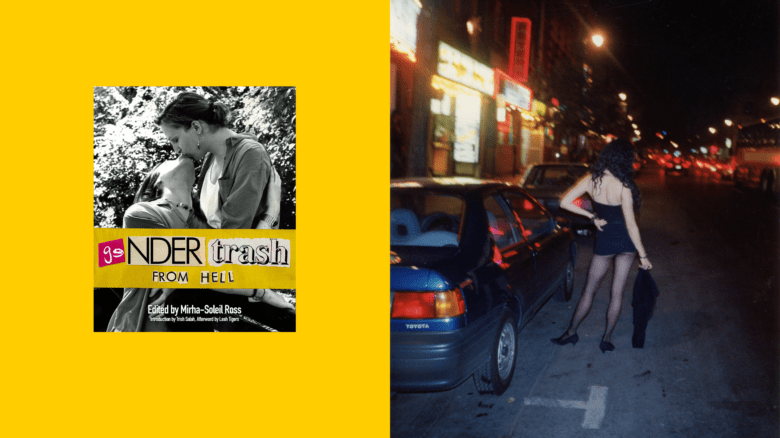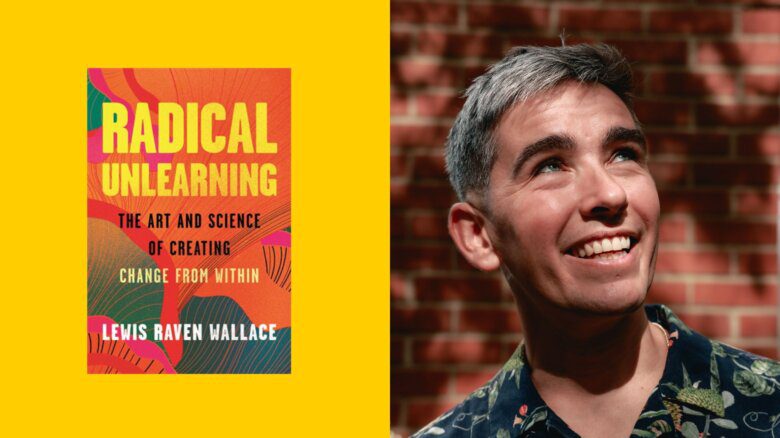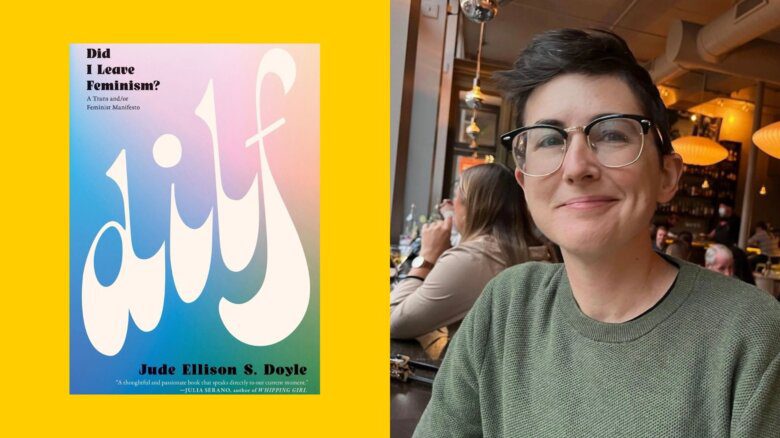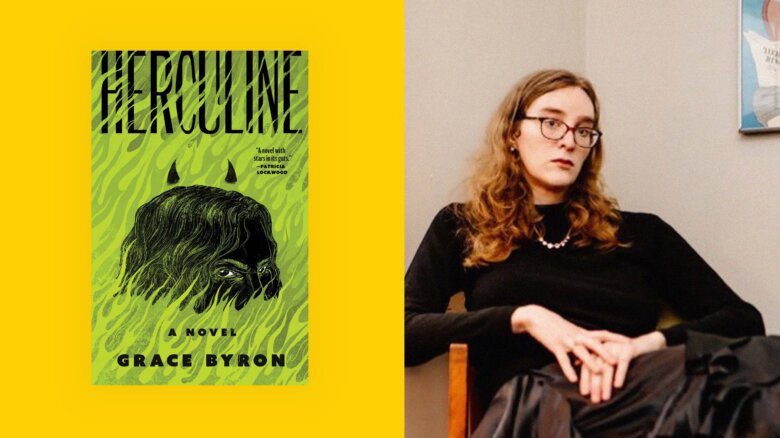In the introduction to their new book, Queer Spaces: An Atlas of LGBTQIA+ Places and Stories, co-editors Adam Nathaniel Furman and Joshua Mardell write: “When you—for whatever reason—have to modify your behaviour or hide aspects, or indeed the better part of yourself to ‘fit in’; or when you can’t ever actually ‘fit’ anywhere because you’re somehow different in a visible, unconcealable way, you seek out spaces where you can simply be yourself, unmediated and unfettered.”
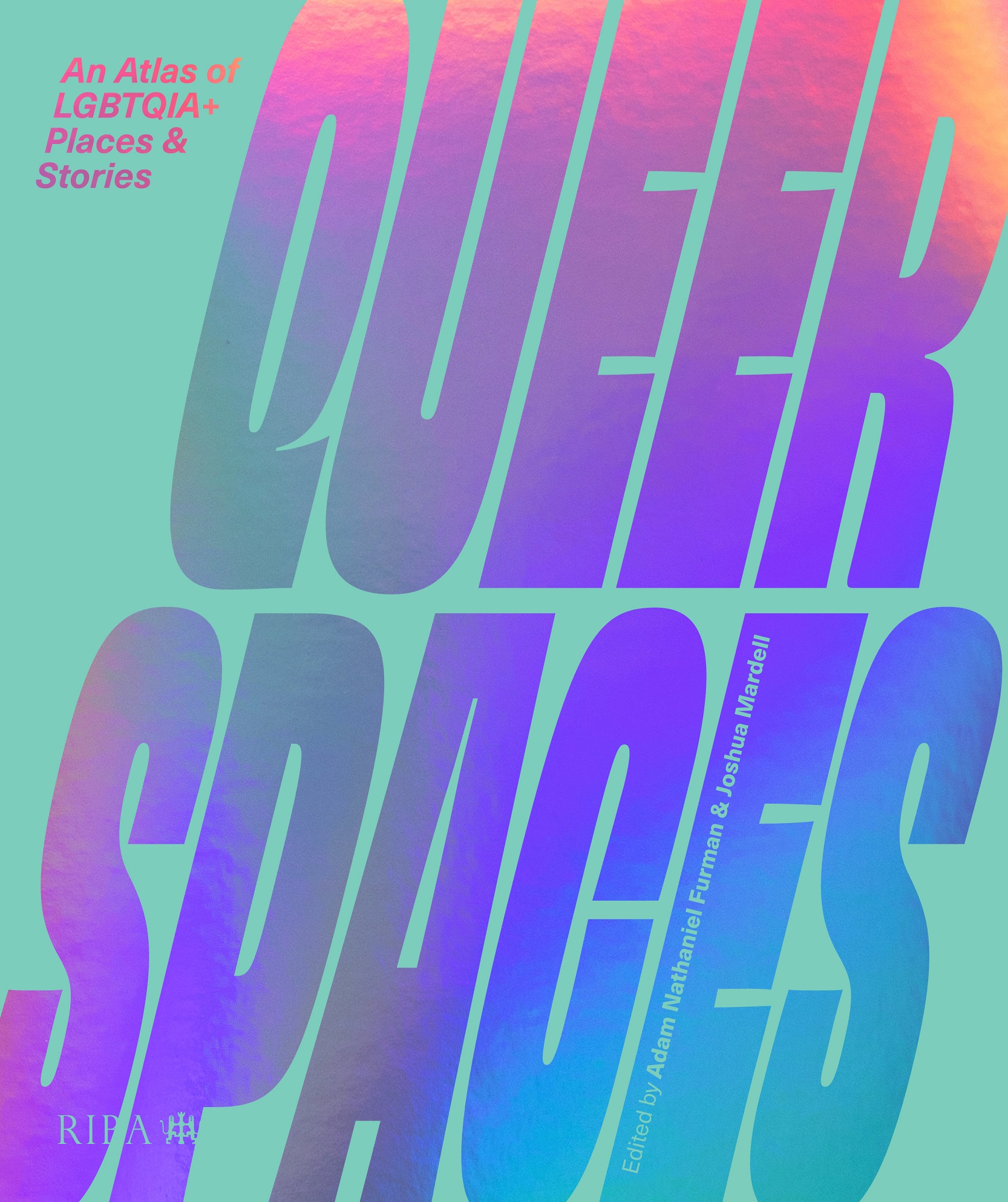
Credit: Courtesy of RIBA Publishing
Through essays from 55 contributors, and an array of archival photos and illustrations, Furman and Mardell introduce us to 92 spaces around the world that do—or did—just that. Some are historic: the beach resort of Taormina, Sicily, in the late 19th and early 20th century, or the palace of Ludwig II in Bavaria in the late 1800s. Some you can visit this coming weekend: the humongous Theatron nightclub in Bogotá or the kitschy New Sazae bar in Tokyo. Some are ephemeral, like the pop-up gatherings in Dhaka, Bangladesh. Some took years to build, like Sissinghurst Castle in Kent, England. Some exist only because of rumours and community consensus, like the last carriage of each train, any time of day in Mexico City’s Metro.
Part Architectural Digest, part Lonely Planet, Queer Spaces combines architectural expertise with an informed and passionate understanding of how queer and trans people use spaces and how those uses change across time, culture and geography.
Xtra interviewed Furman by Zoom from their London home, which is filled to the brim with colourful objects and perhaps deserves a chapter of its own. Furman, a British Argentine-Japanese designer, is known not only as a writer, but for their playful, bright and bubbly work on projects ranging from furniture and interiors to public spaces and collectables.
What motivated you to produce this book?
I’ve been doing work in the design and architecture world for the past 20 years. I was brought up under Section 28, which was a very homophobic law in the U.K. And I’m one of many kids who were kicked out of school because of bullying, where they blamed the victim rather than deal with the fact that it was homophobia. I ended up being saved by my local gay pub, which took me in. I studied there. I did my A-levels during the day, with tea rather than alcohol, and they introduced me to the wider gay scene—as well as the wider queer scene on the peripheries—in London in the 1990s. That very much saved me. It gave me a sense of self-worth and belonging and introduced me to an amazing world of art and design and graphic design, interiors and protest art and passionate political beliefs that were all kind of wrapped up with a lot of amazing aesthetics. It was like: thank you, school, for kicking me out.
Then I got into architecture school, and suddenly that was all off the cards. I wasn’t allowed to discuss who I was. I wasn’t allowed to discuss or embody any of these ideas in any of the work that I was doing. Nobody could explain why. They would just humiliate you into doing stuff that they liked, you know: concrete is good, black and white is good, technology that looks like aliens is good. Many of the queer ones who stayed in the profession left their identity at the door and ended up producing work that looked the same as all of the others. I just plowed through the constant ridicule, constant humiliation, constant othering. Then it was the same when I went out into the profession: laughed at, ridiculed by people in the profession. It’s been lonely, and frankly also took a very big mental health toll, though things have been changing a lot. I actually am coming around to answering your question….
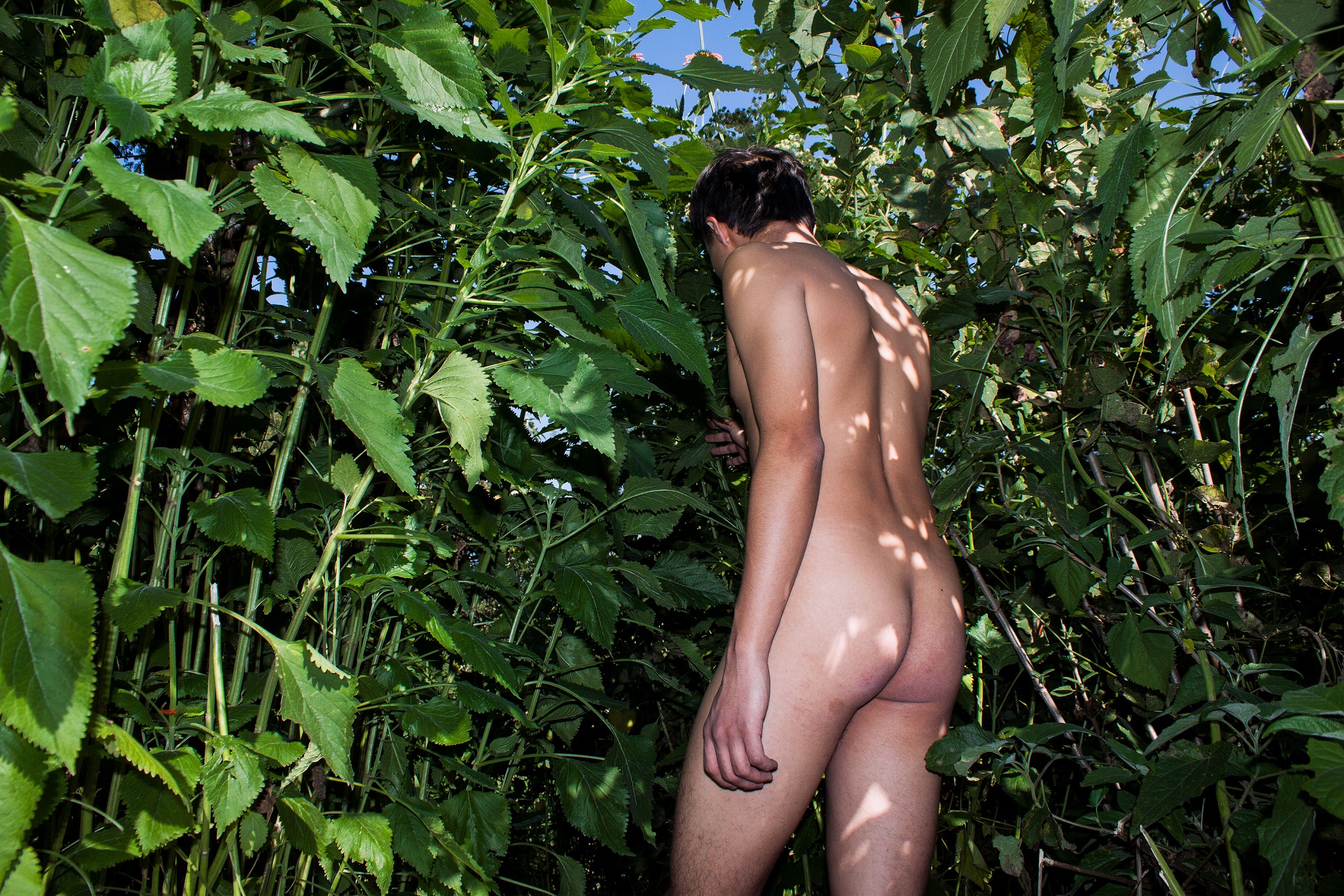
Credit: Eusebio Penha
I was going to ask you about your upbringing and interest in architecture, anyway, so you’re right on track.
So, this book is very, very, very meaningful. Over the years, people were vaguely aware of my queerness and otherness, my multi-ethnicity. I wasn’t hiding it, but I did go through phases to just fucking get work. But then people, especially a younger generation, started to refer to me as a queer designer. So in about 2017, I was invited to a symposium at UC Berkeley to give a talk and to host a symposium on queering architecture and urbanism. For the first time in my life, I didn’t have to justify my life in a serious architectural context. Everyone was kind of on the same wavelength. It was a very, very, very revelatory moment for me. And then that led to another symposium.
The Architectural Review invited me to write a column on queer aesthetics, which ended up going quite viral within the context of the architectural community. I ended up being a figure that was quite loud on the topic. Then the publishing arm of the Royal Institute of British Architects approached me and asked me if I wanted to do a book on queer architecture. I said no. But then came back to them later with this proposal for this slightly unusual book. People in the field couldn’t believe there wasn’t a book like this in existence with an accessible set of broad but interesting and deep and architecturally relevant case studies, a canon of queer design. You know when your entire being drives a project because you feel so incredibly passionate about what a difference it’s going to make? I’m receiving photographs from tutors of architecture students making their final presentations and there in the photo, there’s our book open, with Post-it notes.
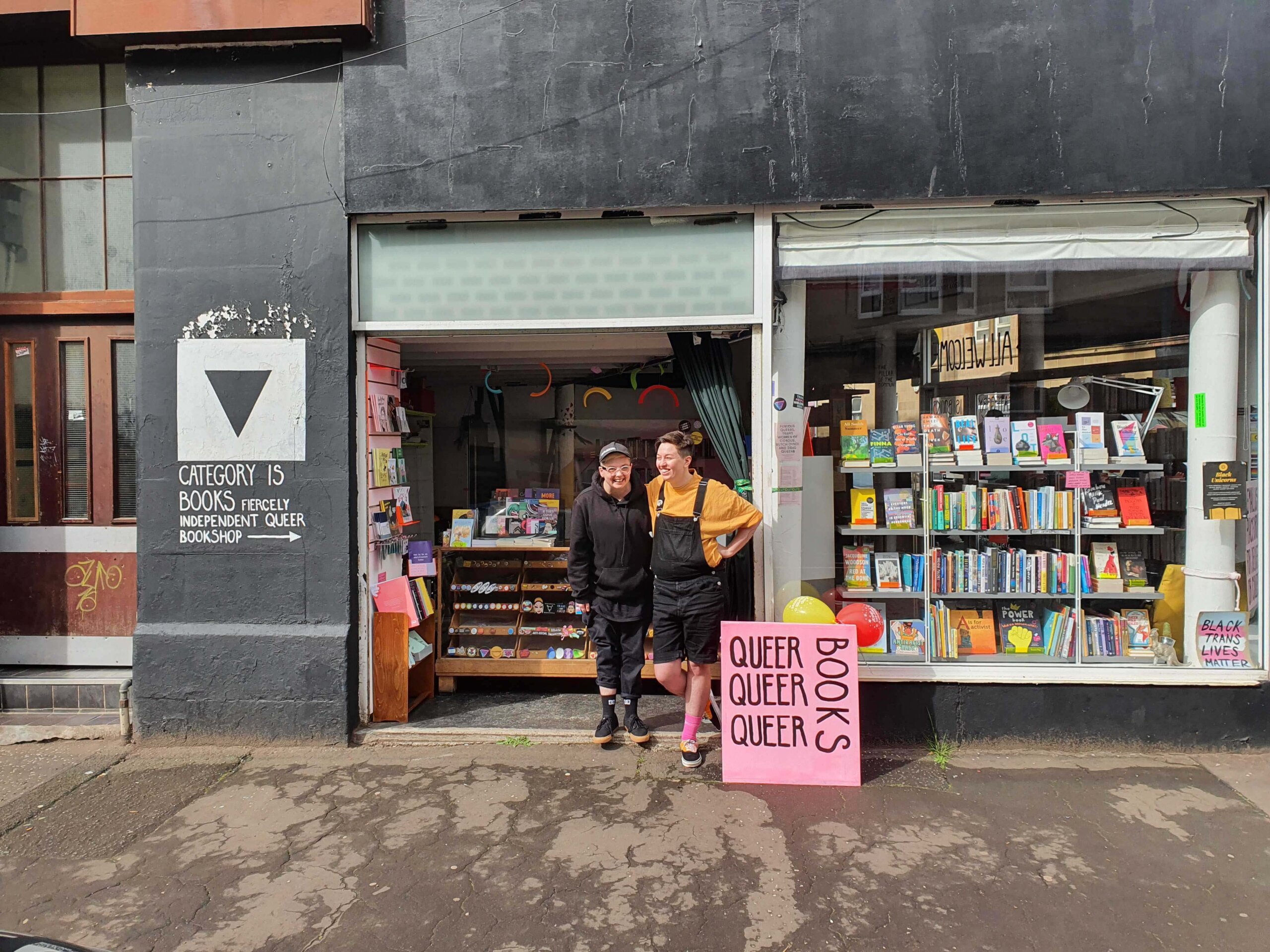
Credit: Category Is Books
After reading it, I’m surprised you’re framing the book’s creation within the world of architectural academia because I thought it was so fun for a casual reader—it even works as a travel book. I want to go to almost all these places and most of them seem to be visitable.
Yes, even the ones that don’t exist anymore, there are traces that can be visited.
Right out of the gate, the book has an irreverent, almost radical approach. It’s divided into sections labelled Domestic, Communal and Public, which seem like clear-cut categories. But then the first Domestic essay is about a train journey during which the writer puts on or takes off makeup, breasts and female clothing as they commute between Barcelona and the small Spanish town where they’re staying with their parents. Give a queer person a supposedly public space and they’ll immediately use it for purposes that are purely their own.
There’s a feeling out there that the architectural profession is about things that are built in one go, with one author, at one time. But the basis of queerness and queer architecture totally undermines that very simple definition, which, of course, prioritizes a tiny minority of wealthy men over history, some of whom might have been gay. We really wanted to show that there’s a much broader and fascinating way of thinking about city design and space that can come across with how we occupy and transform it.
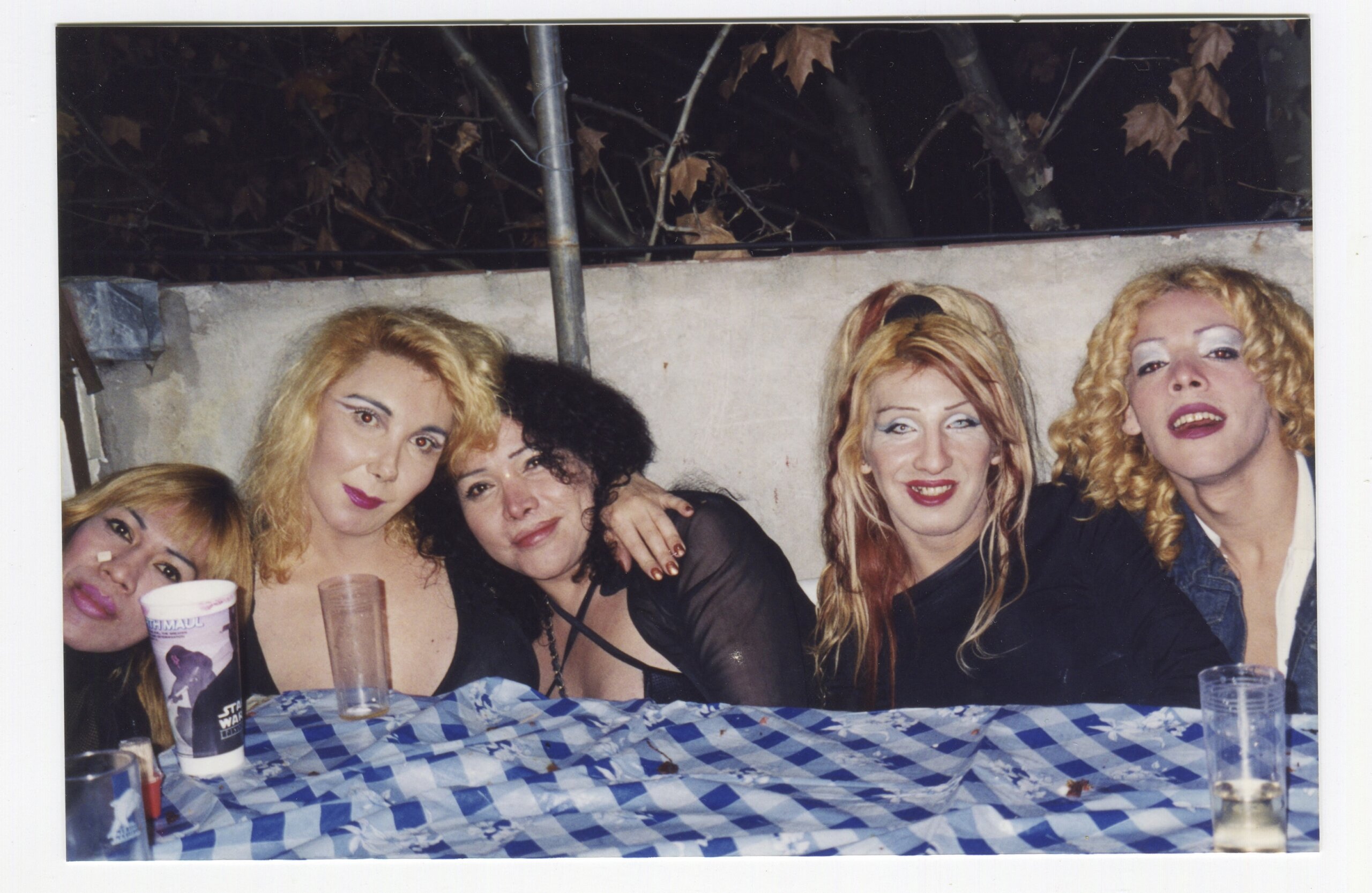
Credit: Archivo de la Memoria
When an average person thinks of queer spaces, they most readily think of bars and nightclubs, maybe community centres and bookstores. And you have some great nightlife spots in the book. But you’ve included so many unexpected places like private homes, an internment camp, a derelict church, a sculpture park, an ice cream parlour. What were your criteria?
We tried not to have criteria about the spaces. We had criteria about the contributors. The community of contributors is very important, this group of 55 people from all over the world, including the Global South, who were eager to share spaces in their part of the world that they have experienced or had researched. We talked about places of physical celebration and sexual gathering. We talked about the reappropriation of public infrastructure and public spaces. There’s also the creation of alternative worlds, which is very important and runs through pretty much every culture. But those tend to be for people with more wealth, people who can construct a safe world with its own invented history through ornaments, decoration and space, a place that provides a past that doesn’t want to kill you. But we also wanted examples of spaces that were created by people in different classes, different geographic locations, different points in time over the past 200 years.
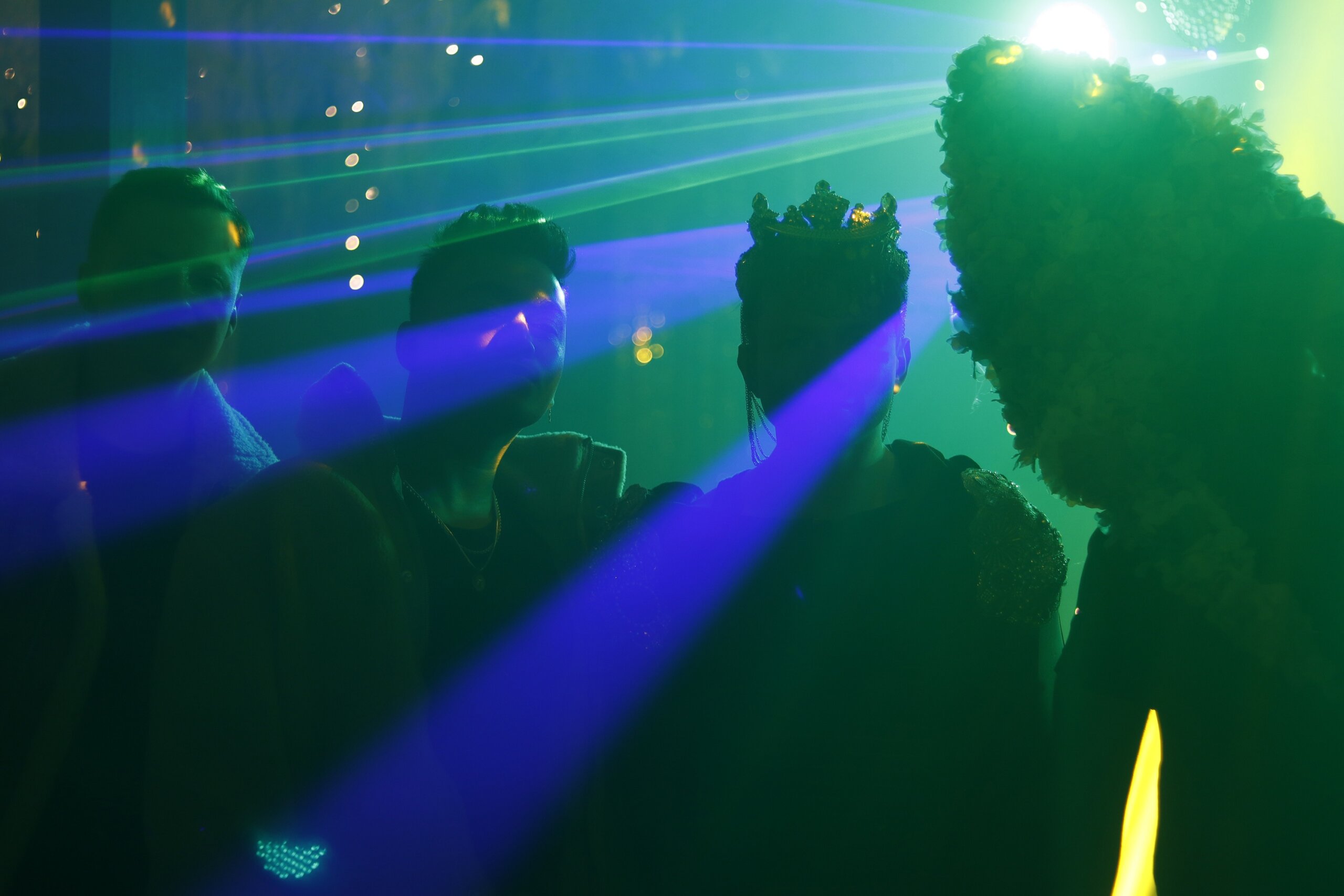
Credit: Ruhul Abdin and Tarannum Nibir
You feature extremely customized places like Light Coffin-Dracula’s Den in Chibo, Japan: this bunker with no windows, only skylights for natural light. It was built for a gay couple who wanted maximum privacy from the outside, but didn’t want a conventional bedroom, or even walls around the bathroom. Then you have Santiago Apóstol Cathedral in downtown Managua, Nicaragua. Between 1972, when the cathedral was badly damaged by an earthquake, and 1990, the ruins became a community hub and sexual playground for the city’s LGBTQ+ people. Two completely different kinds of places—they have almost nothing in common except their queerness.
There is definitely a class divide, with bourgeois people, mostly gay men, who can afford to build their own spaces being different from communities who can’t and who must reappropriate spaces. Something that consistently happens in most cultures is that places that are symbols of a society that’s oppressing the queers get taken over by the queers. This is amazing. So the Coppelia ice cream parlour in Havana, Cuba, was the symbol of a regime that was putting gays and Jews into concentration camps. And that very symbol of power became the main cruising ground for the whole country. Then you have the V.I. Lenin Museum in Moscow, which is the seat of this cult that Stalin created of Lenin—it was just riddled with overt sexual activity right across from the Kremlin for the entire Stalinist period and beyond. The same for Santiago Apóstol Cathedral, a symbol of the Catholic church.
What kind of ethical considerations did you have to make spotlighting these places? Did you worry about inviting too many outsiders into precious community spaces?
We had to be extremely careful with the entries from Bangladesh and with Centro Cultural Guanuca in Nicaragua. The situation in Nicaragua is really not good. And the situation in Bangladesh, as described in one of the entries, is extremely dangerous. A lot of our effort, anxiety and legal worries went into trying to make sure that everyone was happy, everyone was covered, everyone was safe. The only people presented were genuinely certain that they were happy to be presented. Everything was done with consent. Hotel Gondolín had a Molotov cocktail thrown through the ground-floor window on the second day of Pride Month, and the room occupied by Auntie Zoe [one of the trans and travesti women based in the hotel] was destroyed. That wasn’t because of the book; Hotel Gondolín is out and proud and well known in the area. Even Category Is Books in Glasgow, they have problems sometimes: poo on the doorstep, that kind of thing, but they’re just awesome and they’re proud to be in the book. We didn’t want the book in any way to make anyone feel like they were being used.
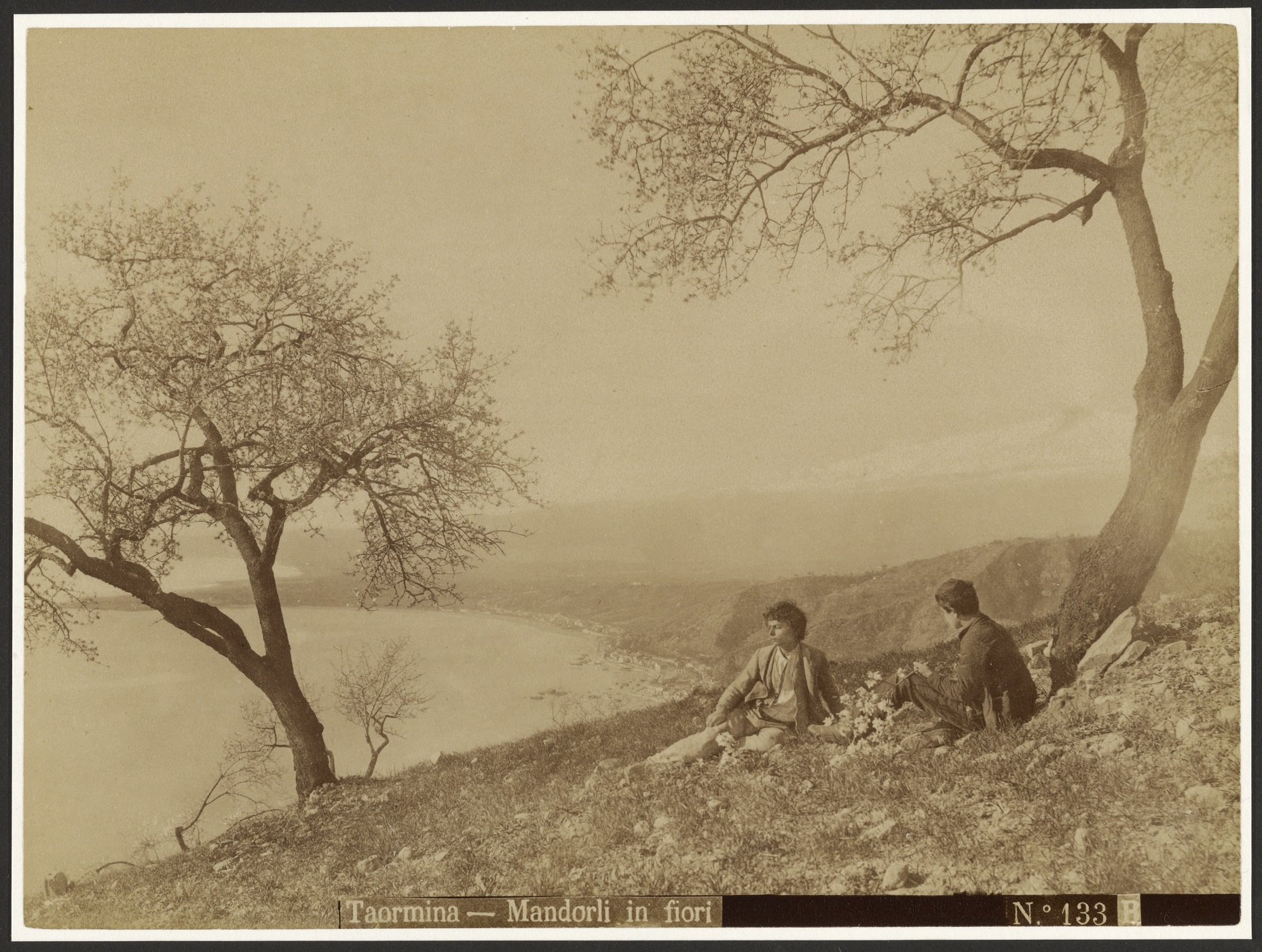
Credit: Baron Wilhelm von Gloeden/Courtesy of Getty's Open Content Program
What caused you the most grief to not include?
Dan Friedman’s flat. [Friedman was a queer educator, graphic and furniture designer, born in Ohio, who lived most of his life in New York.] I did manage to squeeze a photograph of it into the introduction. It was a changing external cipher of his personality, embodying what he was going through at any moment in his life through a constantly transforming interior. It wasn’t a decorative scheme that stayed the same and that absolutely fascinates me because that’s something I do in my work and it’s kind of a total obsession. But I recognize that’s a bit that’s quite niche.
This interview has been edited for length and clarity.
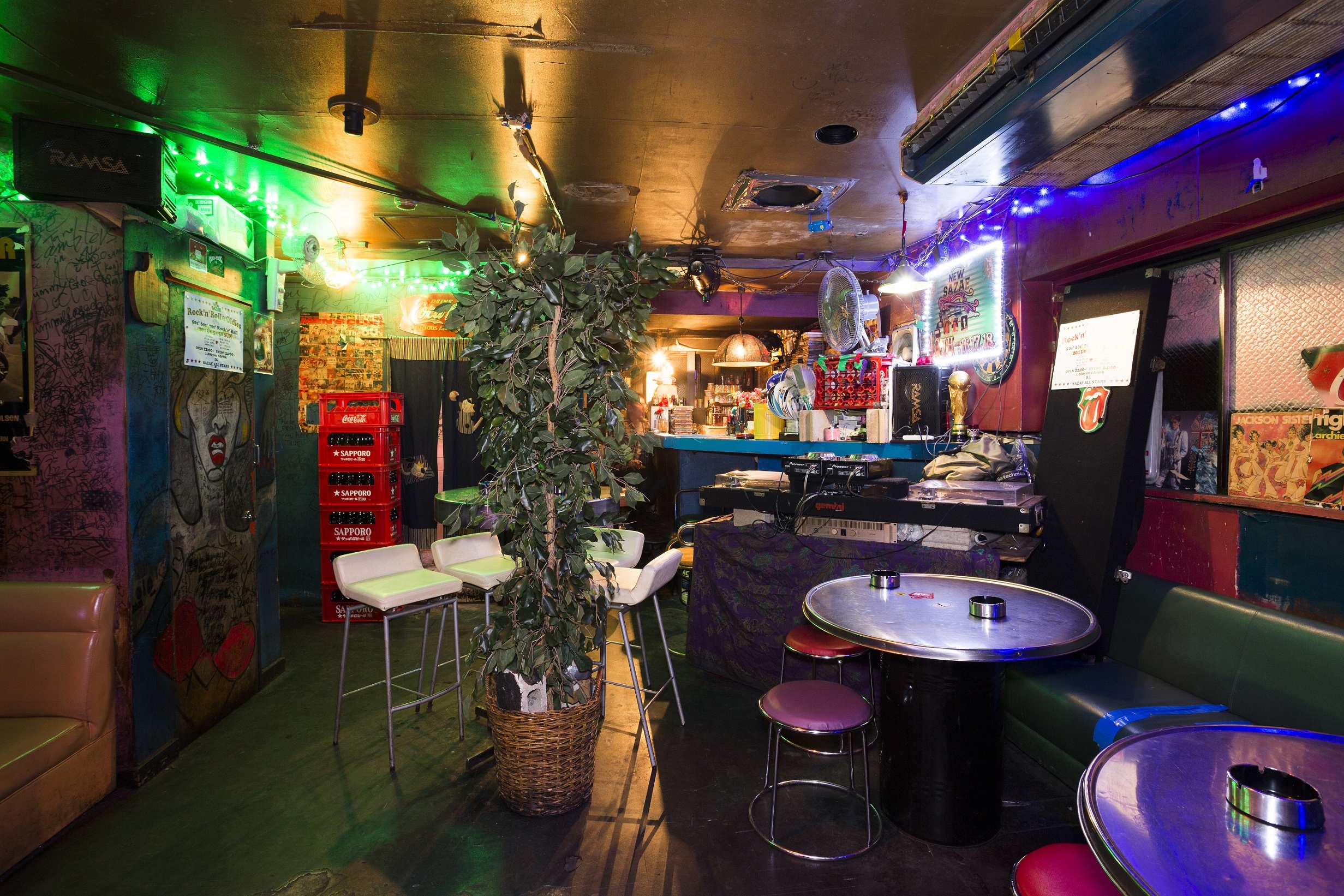

 Why you can trust Xtra
Why you can trust Xtra